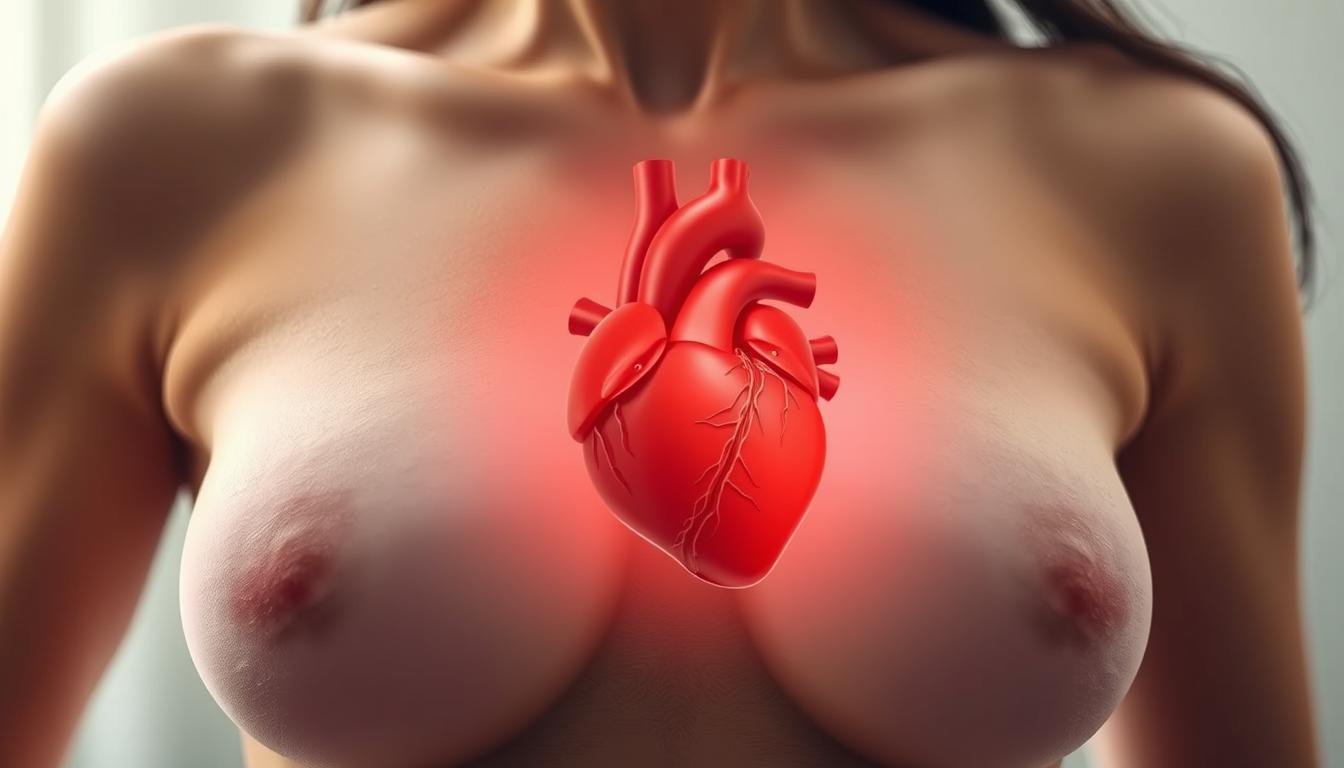Heart disease is a leading cause of death among women in the United States, accounting for over 1 in 5 deaths. Shockingly, a significant number…
Tag: Cardiovascular Health
Heart-Healthy Foods to Reduce Heart Attack Risk
Did you know that cardiovascular diseases claim millions of lives worldwide each year? A significant factor contributing to this statistic is an unhealthy diet. Adopting…
Exciting Heart Disease Breakthroughs Coming in 2025
Cardiovascular diseases claim millions of lives worldwide each year, making innovative cardiovascular treatments a pressing need. Recent advancements are paving the way for significant breakthroughs…


